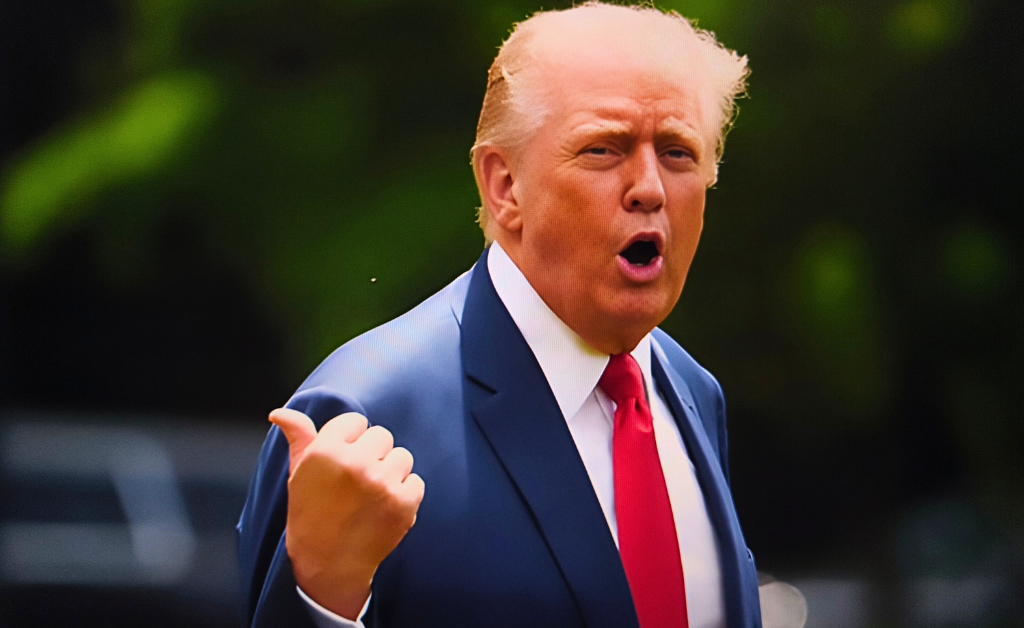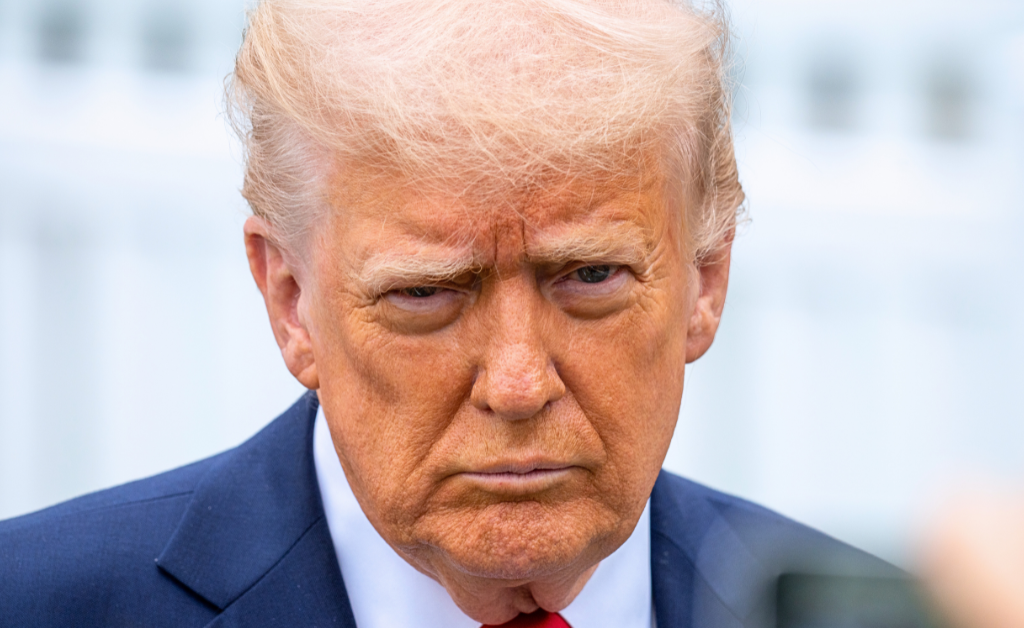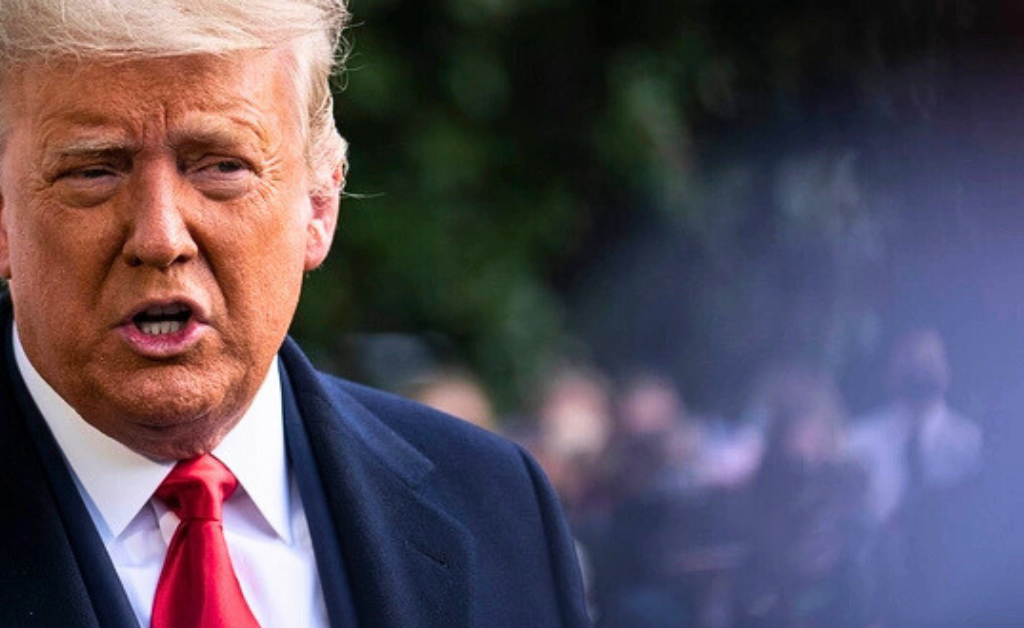- NYT’s “autocracy tracker” warns the U.S. is sliding toward autocracy, documenting erosion across 12 democratic indicators.
- Experts cite authoritarian actions: persecuting opponents, bypassing checks, controlling media, politicizing bureaucracy, and mass pardons.
- Scholars and global observers warn democratic backsliding risks becoming entrenched without robust legal, legislative, and civic pushback.
In the shadow of a second Donald Trump presidency, a sobering assessment from The New York Times has thrust the fragility of American democracy back into the spotlight.
Just nine months after Trump’s inauguration for a nonconsecutive second term, the newspaper’s editorial board unveiled an interactive “autocracy tracker” that methodically charts the United States’ regression across 12 critical indicators of democratic erosion.
It’s a stark reminder that the warnings from the 2024 campaign—once dismissed by some as partisan hyperbole—have taken on a grim, tangible reality.
The FrankNez Media Daily Briefing newsletter provides all the news you need to start your day. Sign up here.
“Our country is still not close to being a true autocracy, in the mold of Russia or China,” the Times board cautioned in their October 31 piece.
“But once countries begin taking steps away from democracy, the march often continues.” The tracker, which the paper plans to update through 2026, evaluates how far the U.S. has strayed from democratic norms, drawing parallels to historical slides in places like Hungary under Viktor Orbán, a leader Trump has openly praised.
What is Autocracy?
An autocracy is a system of government in which a single person, the autocrat, possesses supreme and absolute power over the state. The autocrat’s decisions are not subject to external legal restraints, constitutional limits, or regular mechanisms of popular control.
The analysis paints a picture of incremental but relentless pressure on institutions.
On several fronts, the board rates Trump’s actions as fully “authoritarian“: persecuting political opponents, such as through aggressive investigations into figures like former FBI Director James Comey; declaring national emergencies on dubious grounds to bypass Congress; vilifying marginalized groups, including transgender Americans via military bans and immigrants through high-profile raids; and leveraging the presidency for personal enrichment, exemplified by Trump’s cryptocurrency ventures that reportedly netted over $1 billion for his family empire.
Seven other markers show the administration has “started” down a dangerous path. These include stifling dissent—recall the Orwellian White House memo targeting critical aides—bypassing legislative checks with unilateral tariffs, deploying the military for domestic crowd control in cities like Chicago, defying court orders from judges like Karin Immergut, controlling information flows by pressuring networks like CBS and NPR, meddling in university affairs over “anti-Trump” professors, and floating ideas to manipulate term limits for a potential third run in 2028.
This is No Joke, It’s America’s Current Reality
This isn’t abstract theorizing. The Times’ tool arrives amid a cascade of real-world fallout from Trump’s return. Massive “No Kings” protests erupted nationwide in early 2025, drawing hundreds of thousands to rally against what organizers called an assault on civil liberties.
Trump dismissed the crowds as overblown, fixating on their size in a rambling rally rant, while suing the Times anew over its coverage—a pattern of media antagonism that echoes his first term but feels more emboldened now, with a reshaped Supreme Court granting him broader immunity.
The tracker’s release has amplified a chorus of voices from democracy scholars who’ve been tracking this trajectory since before the 2024 vote. In a Washington Post analysis from November 2024, just days after Trump’s narrow victory, experts described his win as a “significant breakdown of an already battered democracy.”
They pointed to his persistent denial of the 2020 election loss and the January 6 Capitol riot as foundational cracks, now widened by a compliant Congress and judiciary.
“American democracy simply wasn’t set up to ‘deal with an aspiring autocrat,’ especially with a willing electorate,” the report noted, highlighting how Trump reframed himself as democracy’s victim against “Democratic lawfare.”
Vox’s coverage in early November 2024 went further, labeling a second Trump term an “extinction-level threat.”
Drawing lessons from global backsliding in Brazil, India, and Poland, the outlet warned that plans like Project 2025—aimed at politicizing the civil service and installing loyalists—represent a “stealthy hollowing out” of checks and balances.
“Democratic collapse nowadays isn’t a matter of abolishing elections and declaring oneself dictator,” Vox explained, “but rather… full control over the state and the bureaucracy.”
Republicans Are Even Starting to Notice

Early signs in 2025, such as Trump’s mass pardons of over 1,600 allies and commutations for political insiders, fit this blueprint eerily well.
For example, he recently pardoned Binance’s CZ, who was sentenced for facilitating money laundering for drug dealers, terrorists, and even child sex abusers.
Why won’t Trump’s administration — including loyalists such as AG Pam Bondi, FBI Director Kash Patel, and House Speaker Mike Johnson — release the Epstein files?
Bipartisan outrage says loyalists are protecting the president.
In spring 2025, the concerns had escalated into formal surveys. NPR reported in April that hundreds of political scientists, via the Bright Line Watch project, rated U.S. democracy at just 67 out of 100 post-election—a sharp drop signaling “competitive authoritarianism,” where elections persist but the field tilts heavily toward the incumbent.
Harvard’s Steven Levitsky, co-author of How Democracies Die, elaborated in an NPR interview: “Studying democratic backsliding… we’ve learned that there are certain things that make it more or less likely that autocrats will succeed.”
He cited Trump’s FCC probes into non-Fox broadcasters as a classic tactic, akin to Orbán’s media crackdowns. The V-Dem Institute’s annual report, released in March 2025, delivered a global gut punch. For the first time in two decades, autocracies outnumbered democracies worldwide (91 to 88), with 40% of the planet—over 3 billion people—living under constrained rule.
Staffan Lindberg, the institute’s director, didn’t mince words about the U.S.: Events through 2024 kept America in the “liberal democracy” tier, but Trump’s early moves—like weaponizing the Justice Department and eroding civil service protections—could reclassify it as an “electoral autocracy” by year’s end.
“It’s never been this great a share of countries in the world in autocratization at the same time,” Lindberg said. Even international figures have weighed in with urgency. In mid-October 2025, former Canadian Prime Minister Jean Chrétien, speaking at a Liberal convention, called Trump a direct “threat to democracy” for flouting the rule of law.
“From one old guy to another old guy: Stop this nonsense,” Chrétien urged, warning of spillover chaos for neighbors like Canada. Barack Obama, in a London panel that same month, decried a “rising wave of authoritarianism sweeping the globe,” implicitly targeting Trump’s alliances with Orbán and Polish hardliners.
“Even countries that thought they were immune… now understand that we’re all part of one struggle,” Obama said.
Yet amid the bleak assessments, glimmers of resilience persist.
What Happens Next?
The Times highlighted the “mostly free press” and “independent judiciary”—though both are under siege—as bulwarks holding the line. The No Kings rallies, now a recurring force, underscore public pushback, much like the record turnout that ousted Trump in 2020.
Brookings Institution’s Democracy Playbook 2025, released in May, outlined seven pillars for defense: protecting elections, upholding the rule of law, and combating corruption.
It stressed Congress’s “power of the purse” as a key check, urging lawmakers to wield oversight aggressively.
As the autocracy tracker rolls out, one line from the Times lingers like a warning shot: “The clearest sign that a democracy has died is that a leader and his party make it impossible for their opponents to win an election and hold power.”
With Trump’s teasing of a third term and his administration’s early salvos against rivals, that threshold feels perilously close. For now, America’s democratic experiment endures—not invincible, but far from extinguished.
The question is how long it can weather the storm.
Also Read: A DOJ Whistleblower Now Makes Revelation That Undermines the Judicial System’s Integrity













